
Ending Human Trafficking
Trafficking Committee
What is Trafficking - “Modern slavery,” “trafficking in persons,” and “human trafficking” have been used as umbrella terms for the act of recruiting, harboring, transporting, providing, or obtaining a person for compelled labor or commercial sex acts through the use of force, fraud, or coercion.
Human trafficking can include but does not require movement. People may be considered trafficking victims regardless of whether they were born into a state of servitude, were exploited in their hometown, were transported to the exploitative situation, previously consented to work for a trafficker, or participated in a crime as a direct result of being trafficked. At the heart of this phenomenon is the traffickers’ goal of exploiting and enslaving their victims and the myriad coercive and deceptive practices they use to do so.
Trafficking should not be confused with smuggling which is the illegal movement of a person across a border with their consent.
Overview: Because of the clandestine nature of the crime it is difficult to estimate how many victims of slavery exist at any one time in the World. However, by modest estimates, we can assume that there are 20-30 million human beings who are enslaved in our world today. The International Labor Organization states that human trafficking is a 150 billion dollar industry. Human Trafficking is not a crime that happens “somewhere else.” Thousands of victims are trafficked within and through Canada and the United States annually.
Learn about the different types of Modern Day Slavery
Why be concerned: Many people still think human trafficking and child sex trafficking are issues that happen in other countries and to other people, but they couldn't be more wrong. 83% of sex trafficking victims in the U.S. are United States citizens. Similarly, almost all the victims in Canada are Canadian-born. it is happening throughout the U.S. in every neighborhood, and it's most likely happening in your neighborhood.
Read more about Human Trafficking in Canada:
Read more about Child Trafficking and the Technology Link.
Stop Slavery in the Supply Chains: Learn about, and consider purchasing Fair Trade manufactured goods
Access a directory of topics related to Human Trafficking archived in the STOP TRAFFICKING newsletter
NEWSFEED

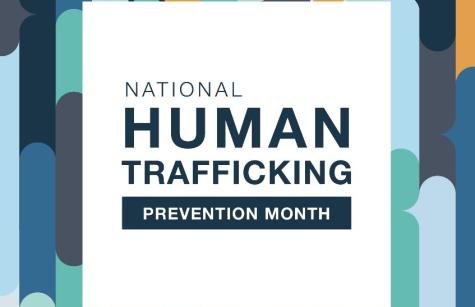
Connecting the Dots. Strengthening Communities. Preventing Trafficking
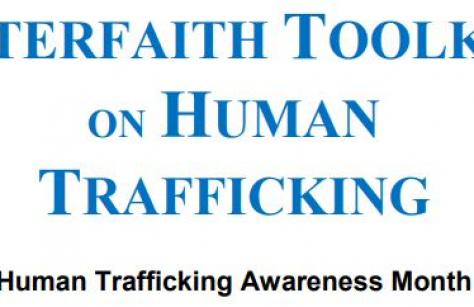
National Human Trafficking Prevention Month

FAIR TRADE HALLOWEEN CANDY

World Day Against Trafficking in Persons 2021

We Come as a People of Hope - Tribute to Sr Jean McLoughlin
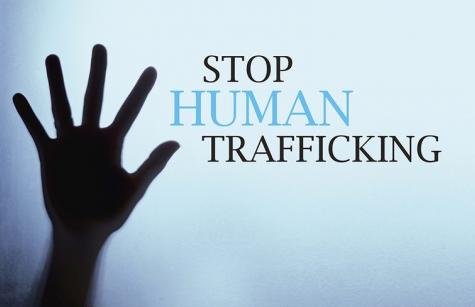
USCSAHT May Calendar
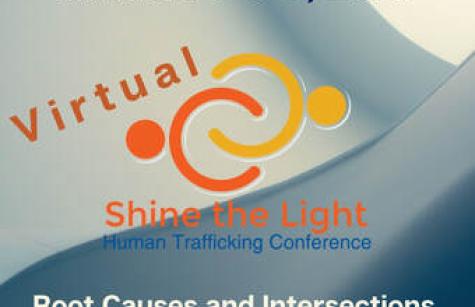
March 8th and 9th - Virtual Shine the Light Conference
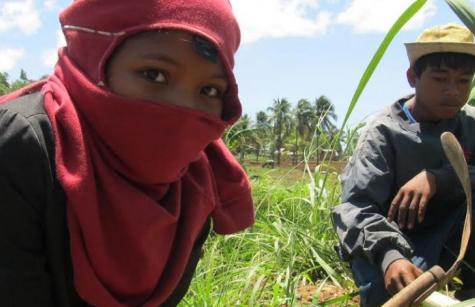
Child Slavery on Cocoa Farms in Cote d’Ivoire Lawsuit

Christmas, Chocolate and Child Labor

Christmas Gift Ideas in Support of Human Trafficking Prevention
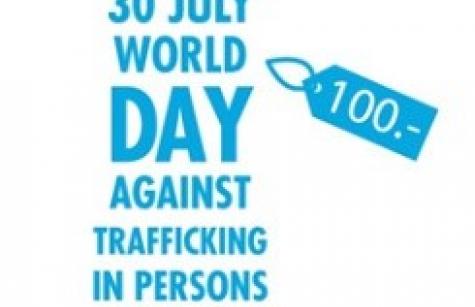
July 30th Prayer Service
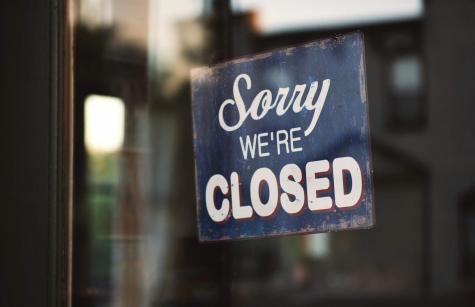
Human Trafficking and Covid-19 in Marginalized Communities

Human Trafficking and Refugees

June 12th - World Day Against Child Labor
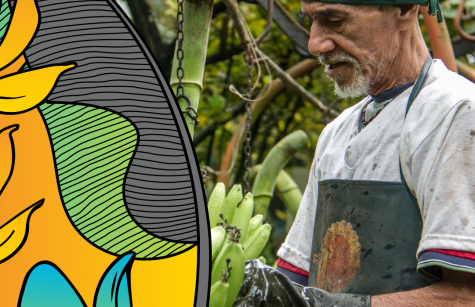
Fair Trade is for People & FOR Planet #4People4Planet

The Pope Video - Listen to the Migrants' Cries

Shalom Action Alert: Take Action to Help Prevent Human Trafficking
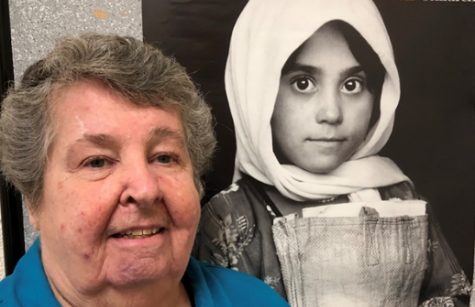
Shareholder Advocacy:A Human Trafficking Committee Member’s Perspective

St. Josephine Bakhita - Prayer Service 2019
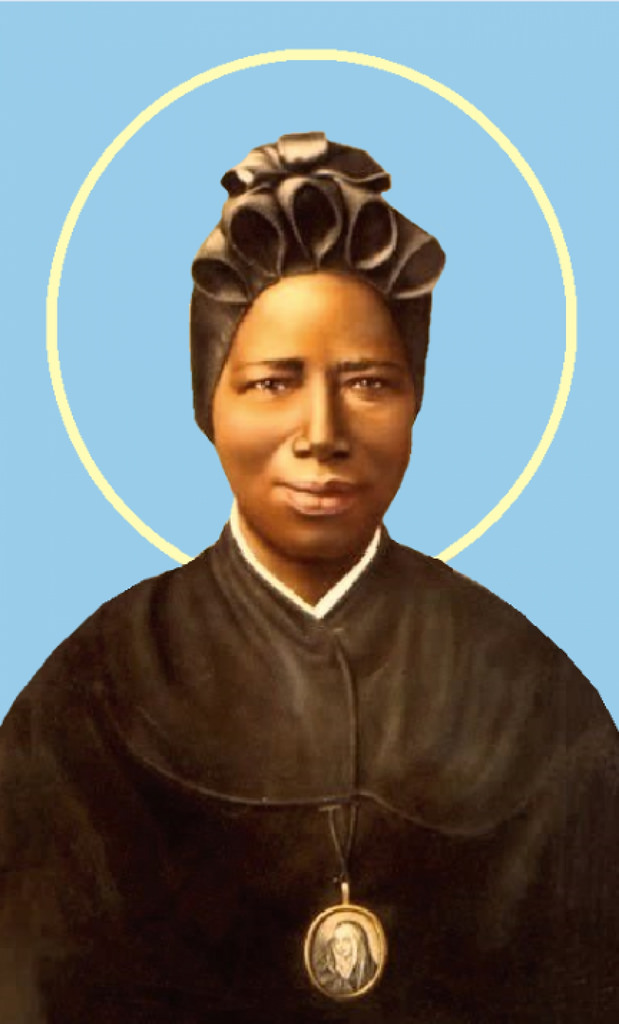 Contemplative Prayer Service for the feast day of Josephine Bakhita - Feb 8
Contemplative Prayer Service for the feast day of Josephine Bakhita - Feb 8
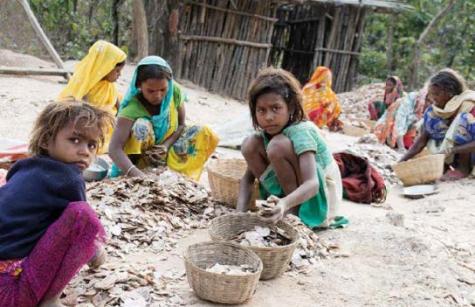
Just Act: Child Labor Series
Please see below the Human Trafficking Committee’s series on child labor
Child Labor and Cocoa written by Marie Ciccone
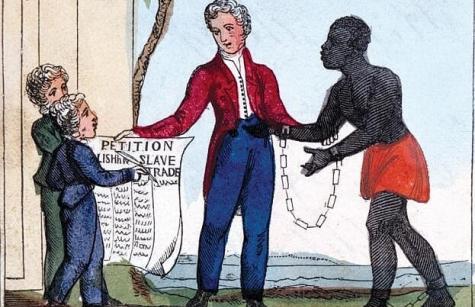
International Day for the Remembrance of the Slave Trade and Its Abolition

Suggestions for actions From USCCB How to Help Fight Human Trafficking

Prayer Service for World Day against Trafficking in Persons
Act to Protect and Assist Trafficked Persons
Leader:
The International Labor Organization estimates that there are 40.3 million victims of human trafficking globally.

